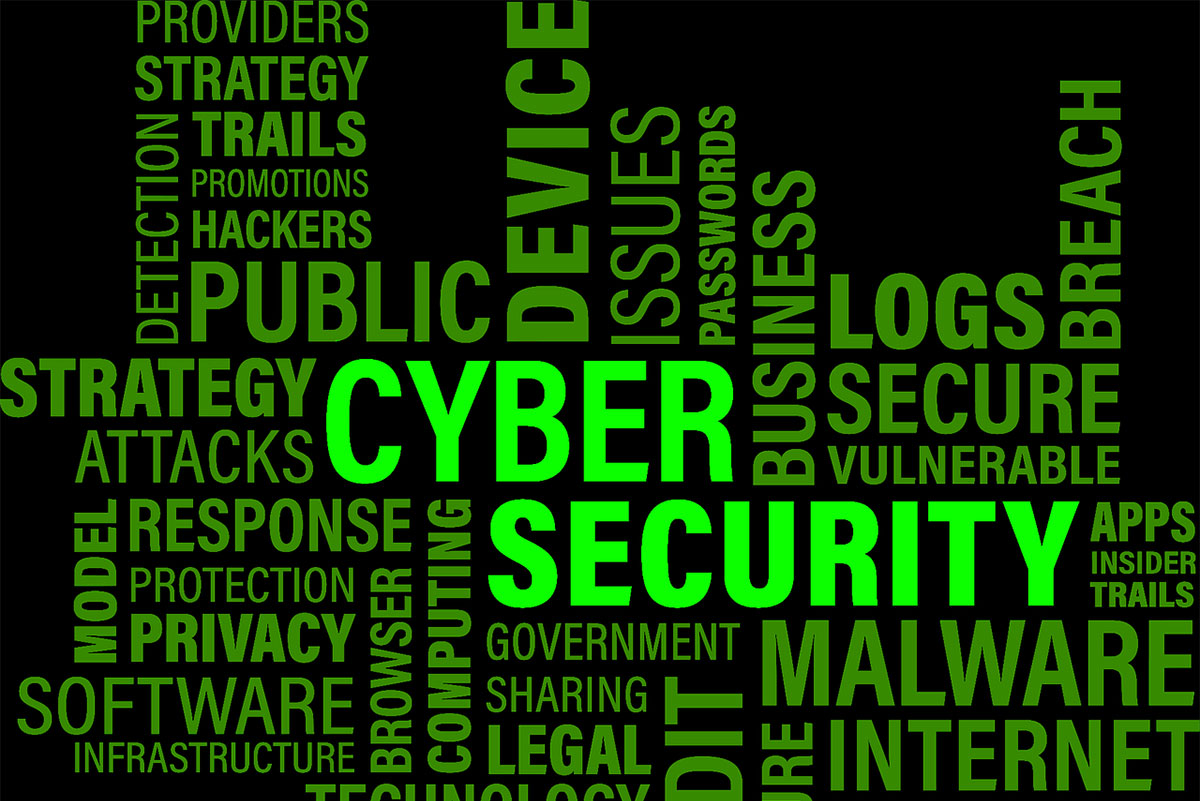Accountants handle a great deal of confidential information, and without proper cybersecurity measures, the risks are significant. We’re here to explain everything a diligent accountant must do to keep data safe. From understanding common threats to implementing effective security practices, we covered it all. So, let’s dive right in!

Understanding Cybersecurity Threats
Cybersecurity threats are serious risks that accountants must be aware of to protect financial data. These threats come in many forms and can cause big damage.
Understanding the different types of cybersecurity threats is the first step in defending against them. By recognizing these threats, accountants can implement effective measures to safeguard their data.
Common threats include phishing attacks, ransomware, malware and viruses, insider threats, and denial of service (DoS) attacks.
Phishing Attacks
Phishing attacks are deceptive emails or messages that trick individuals into revealing sensitive information.
These messages often appear to come from trusted sources, making them hard to identify. They may ask for login credentials, financial information, or personal data, which leads to identity theft, financial loss, and unauthorized access to systems.
Ransomware
Ransomware is a type of malicious software that encrypts the victim’s files. The attacker then demands a ransom to restore access to the data. This threat can cripple businesses by locking them out of critical information.
Ransomware often spreads through phishing emails or exploitative software. Paying the ransom does not guarantee the return of the data. Therefore, it’s essential to back up important files and update security software regularly.
Malware and Viruses
Malware and viruses are malicious programs designed to harm or exploit computers and networks. They can steal data, damage systems, and disrupt operations.
Malware includes a range ofharmful software, such as trojans, spyware, and adware. Viruses specifically replicate themselves and spread to other devices.
Insider Threats
Insider threats occur when employees or other trusted individuals misuse their access to company systems. These threats can be intentional, such as theft of information, or unintentional, like accidentally leaking data.
Insider threats are particularly dangerous because they come from within the organization.
Denial of Service (DoS) Attacks
Denial of Service (DoS) attacks overwhelm a system with excessive traffic, rendering it unavailable to users.
These attacks can disrupt business operations and cause financial losses. Attackers use multiple computers to flood a target with requests, causing it to crash.
Fortunately, there are many options to prevent all of this. Let’s explore them.
Importance of Data Encryption
Data encryption is essential for protecting sensitive information in the digital world. It transforms readable data into an unreadable format, making it inaccessible to unauthorized users.
Every reliableCPA firm must prioritize data encryption to prevent breaches, protect against cyber attacks, and avoid data leaks. This is a crucial step in maintaining clients’ trust and safeguarding their financial details.
To encrypt data, accountants use various encryption software and tools. First, they identify the data that needs encryption, such as client records, financial statements, and emails.
Next, they must choose an encryption method. After selecting the appropriate method, they implement encryption protocols on all firm devices and networks.
Securing Network Connections
Accountants must ensure their networks are safe from unauthorized access. This starts with using strong, unique passwords for all network devices.
After setting passwords, they enable encryption protocols, like WPA3, for their Wi-Fi networks. Firewalls are another essential tool; they help block malicious traffic and prevent attacks.
Regularly updating software and firmware is important to fix security vulnerabilities. Virtual Private Networks (VPNs) can add an extra layer of security by encrypting internet connections, especially when accessing networks remotely. Moreover, network monitoring tools are used to detect unusual activities and potential threats.
Utilizing Multi-Factor Authentication
Multi-factor authentication (MFA) works by combining two or more methods of authentication.
These methods can include something the user knows, like a password, something the user has, like a smartphone, and something the user is, like a fingerprint.
When a user tries to log in, they first enter their password. Then, they must provide a second form of verification. This second step might be a code sent to their phone or a fingerprint scan. Even if a password is stolen, the second verification step helps prevent unauthorized access.
MFA reduces the risk of cyber attacks significantly. It ensures that even if one authentication method is compromised, the attacker cannot gain access without the other methods.
Conducting Regular Security Audits
Accountants can perform regular security audits by systematically reviewing their security measures and practices.
They start by identifying all assets, including hardware, software, and data. Next, they assess the effectiveness of current security protocols.
During the audit, they check for vulnerabilities, such as outdated software or weak passwords. They evaluate access controls to ensure that only authorized personnel can access sensitive information.
Accountants also verify compliance with relevant regulations and standards. Once the audit is complete, they document the findings and recommend necessary improvements.
All of these steps are crucial for accounting firms to protect their data. We hope we helped you understand how information is secured and the potential consequences if it’s not. One thing is certain – it’s always better to be safe than sorry!









